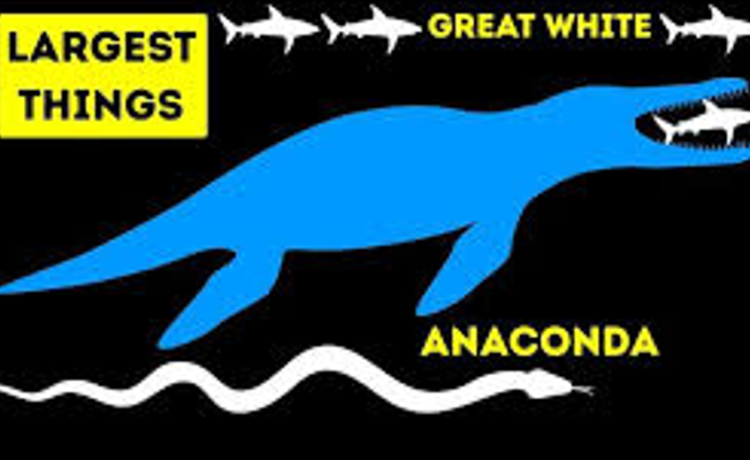In the vast expanse of the cosmos, our humble planet Earth holds many mysteries. From towering mountains to deep ocean trenches, Earth is a marvel of complexity and scale. In this article, we embark on a journey to uncover the Biggest Thing On Earth, delving into its wonders and uncovering the mysteries that lie beneath its surface.
The Magnificent Continents: Earth’s Grand Features
Exploring the Immensity of Continents
The continents,Biggest Thing On Earth, are truly awe-inspiring in their size and diversity. From the icy landscapes of Antarctica to the lush rainforests of South America, each continent has its own unique character and history.
Diving into Tectonic Plates: Earth’s Dynamic Structure
Beneath the surface, Earth is constantly in motion, driven by the shifting of tectonic plates. These massive slabs of rock float on the semi-fluid mantle below, creating earthquakes, volcanic eruptions, and the majestic mountain ranges that define our planet’s topography.
The Mighty Oceans: Earth’s Blue Heart
Unveiling the Depths of the Seas
Biggest Thing On Earth,The oceans cover more than 70% of Earth’s surface, yet much of their vastness remains unexplored. From the sunlit shallows to the abyssal plains, the oceans are teeming with life and hold untold secrets waiting to be discovered.
Biggest Thing On Earth Understanding Ocean Currents
Ocean currents play a crucial role in regulating Earth’s climate and distributing heat around the globe. From the warm waters of the Gulf Stream to the icy currents of the Antarctic Circumpolar Current, these marine highways shape the world’s weather patterns and support diverse ecosystems.
The Towering Peaks: Earth’s Skyward Aspirations
Scaling the Heights of Mountains
Mountains are Earth’s natural skyscrapers, reaching towards the heavens with their snow-capped peaks and rugged slopes. From the towering heights of Mount Everest to the volcanic summits of the Andes, these majestic peaks have captured the imagination of adventurers and explorers for centuries.
Revealing the Forces of Erosion: Earth’s Sculptors
Over millions of years, the relentless forces of wind, water, and ice have sculpted Earth’s landscapes into breathtaking forms. From the towering cliffs of the Grand Canyon to the intricate hoodoos of Bryce Canyon, erosion continues to shape the world around us, creating natural wonders of unparalleled beauty.
The Mysterious Depths: Earth’s Hidden Realms
Delving into Caves: Earth’s Subterranean Labyrinths
Beneath the surface, a hidden world of caves and caverns awaits exploration. From the vast chambers of Mammoth Cave to the delicate formations of Carlsbad Caverns, these underground realms offer a glimpse into Earth’s ancient past and hold clues to its future.
Plummeting into Canyons: Earth’s Deep Gorges
Canyons are nature’s greatest creations, carved over millions of years by the relentless power of water. From the majestic depths of the Grand Canyon to the narrow gorges of the Tara River, these geological wonders inspire awe and wonder, reminding us of the immense forces that shape our planet.
FAQ
What is the largest continent on Earth?
- Asia holds the title of the largest continent on Earth, covering approximately 30% of the planet’s land area.
How deep is the deepest part of the ocean?
- The Mariana Trench, located in the western Pacific Ocean, is the deepest part of the ocean, plunging to a depth of over 10,000 meters (nearly 36,000 feet).
What is the tallest mountain on Earth?
- Mount Everest, located in the Himalayas, is the tallest mountain on Earth, reaching a height of 8,848 meters (29,029 feet) above sea level.
How do ocean currents affect climate?
- Ocean currents transport heat from the equator towards the poles, regulating global climate patterns and influencing weather systems around the world.
What causes earthquakes and volcanic eruptions?
- Earthquakes and volcanic eruptions are caused by the movement of tectonic plates, which interact along fault lines and subduction zones, releasing energy in the form of seismic waves and molten rock.
How do caves form?
- Caves form through the dissolution of soluble rocks such as limestone and gypsum by acidic groundwater, creating underground voids and caverns over thousands of years.
Conclusion
In our exploration of Earth’s secrets, we have only scratched the surface of the wonders that lie beneath our feet. From the towering mountains to the deepest ocean trenches, Earth continues to surprise and inspire us with its beauty and complexity. As we continue to unlock the mysteries of our planet, let us remember to cherish and protect the greatest treasure of all—the biggest thing on earth.





